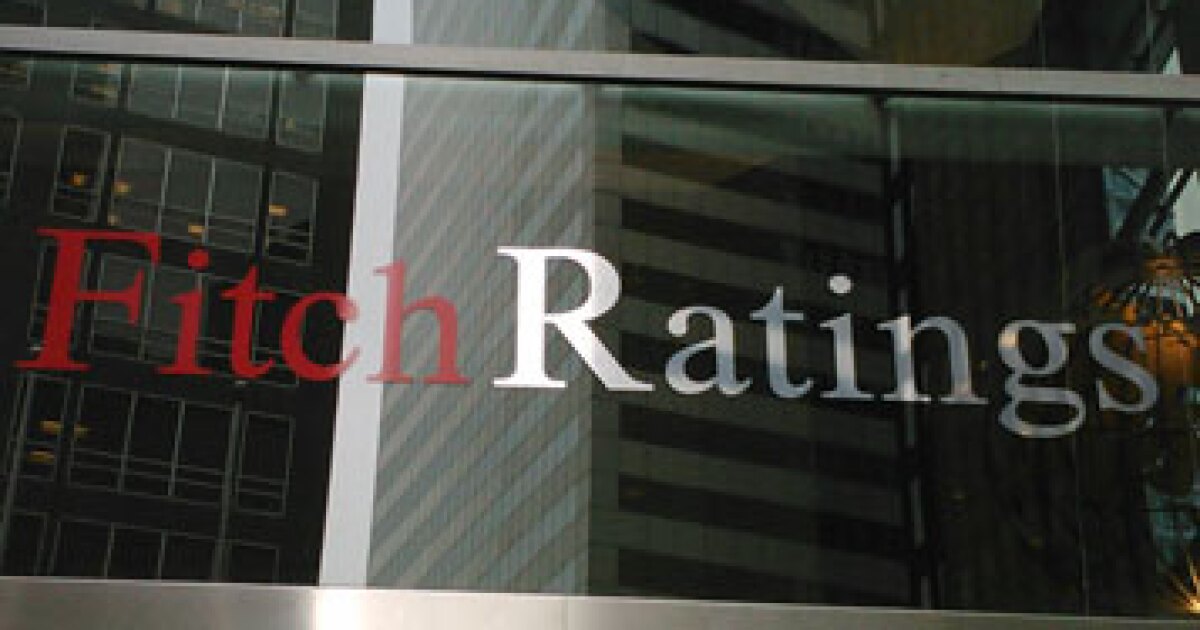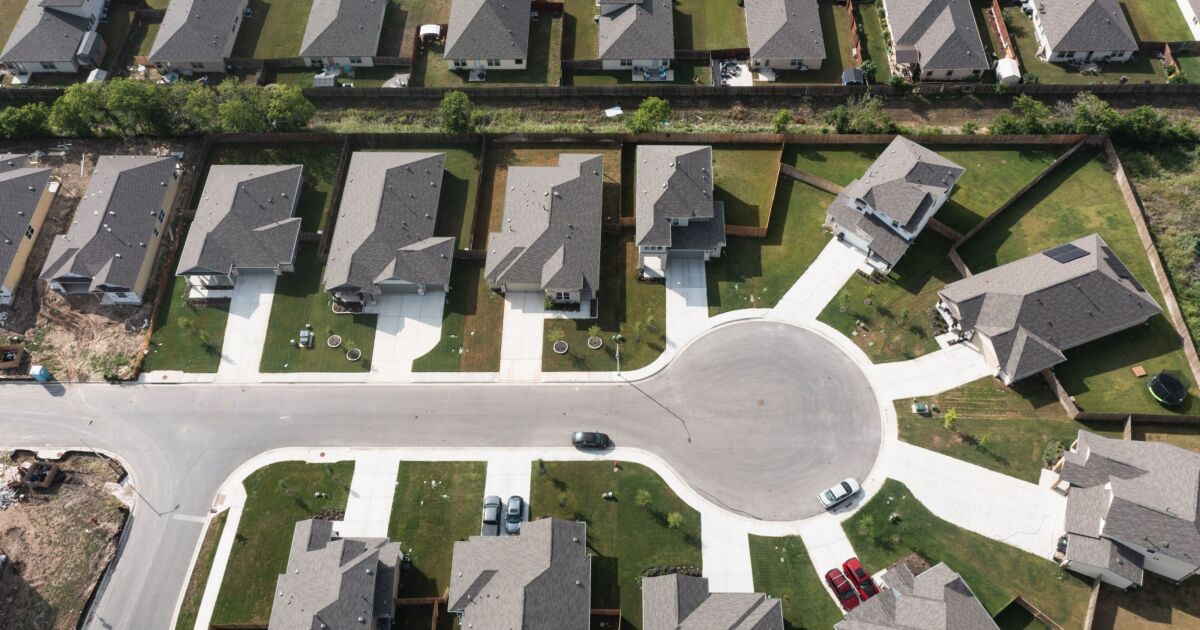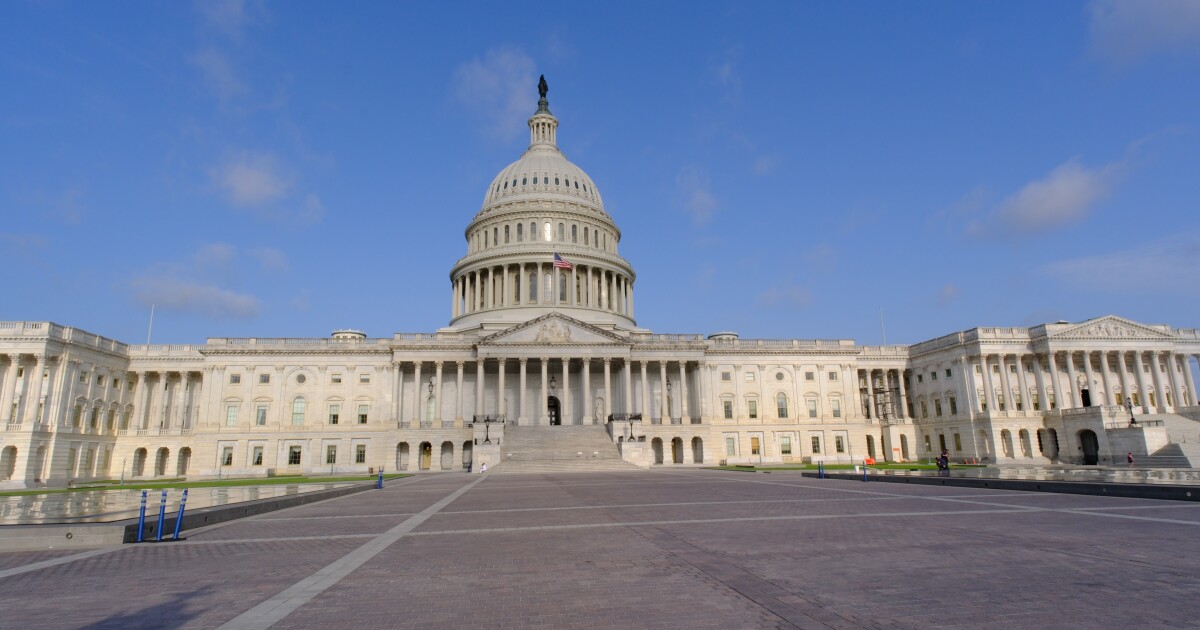
Last year's
"Rapidly rising interest rates in 2022 shifted originations to non-QM from prime/agency refinanced mortgages as mortgage volume rapidly fell while market rates increased," the report stated. "These challenges led issuers to expand their credit boxes, which drove an increase in transactions backed by weaker collateral."
Issues with the loans included lower credit scores, higher combined loan-to-value ratios, fewer full-documentation-type loans, higher mortgage rates and higher debt-to-income ratios in the mortgages put into private-label securitizations.
Many of these non-QM loans originated during 2022 were put into pools securitized in 2023. As a result, much of the underwriting criteria particularly in the period between the second and fourth quarters of 2022 were at their weakest, driving the higher delinquency rates for the 2023 PLS compared to the prior year's.
These deals required a higher level of credit enhancement, given the reduced excess spread along with higher expected losses, which was in the form of subordination.
But going forward, Fitch expects non-QM mortgage delinquency performance "will soften" during 2024, especially for those recent vintages. "However, ratings will not be affected as Fitch expects delinquencies to remain within rating stresses that model severe performance deterioration," the report said.
Fitch forecasted a poor 2024 for private-label business. On the other hand, Kroll Bond Rating Agency projects
Meanwhile mortgage sales experts such as Bill Dallas are telling loan officers who aren't already doing them to
Because of the weaker characteristics, Fitch at the time of issuance, modeled a higher probability of default. This PD was almost 200 basis points higher for 2023 RMBS issuances versus the prior year.
The base case PD in the third quarter of last year was 18.6%. This compares with 11.6% in the first quarter of 2021, rising to 17.5% in the third quarter of 2022.
Over the next three quarters the PD trended downward, but between the second and third quarters of last year, it rose by over three percentage points.
The actual 30-day plus delinquency rate for non-QM increased to 4% from 2.9% over the past three quarters. The driver was the 2023 vintage, which itself has a delinquency rate of 1.6%. The overall average non-QM delinquency rate is 2.8%.
"The average delinquency rate for a 2023 vintage transaction four months after issuance is 3.2%, which is almost twice as high as the 2022 vintage, the Fitch study found.
Non-QM impairments Impairments rose 38 basis points in November
This impairment increase was tied to a 39 basis point gain in the delinquency rate during the same period, the largest since the pandemic, topping a 36 basis point rise during September. It marked six months in a row in which distressed mortgages increased.
"Moreover, it comes at a time where broad mortgage market performance remains strong," said the report from Vadim Verkhoglyad, head of research publication at dv01. "While there is not yet any material loss activity, the recent impairment increase is nevertheless a worrying trend."
December's total mortgage delinquency rate of 3.57% is still relatively low, but it was 19 basis points higher than November, according to ICE Mortgage Technology's latest first look report.
It is also up from the 308 basis point delinquency rate for December 2022.
ICE attributed the increase to December ending on a Sunday. When months end on that day, late payments tend to be higher because processing is delayed to the next working day, and thus the loan is considered delinquent for that period.



